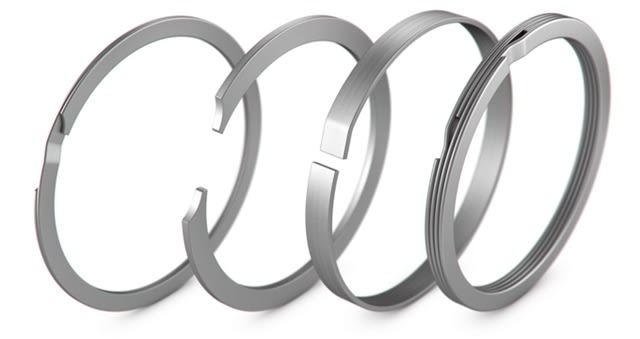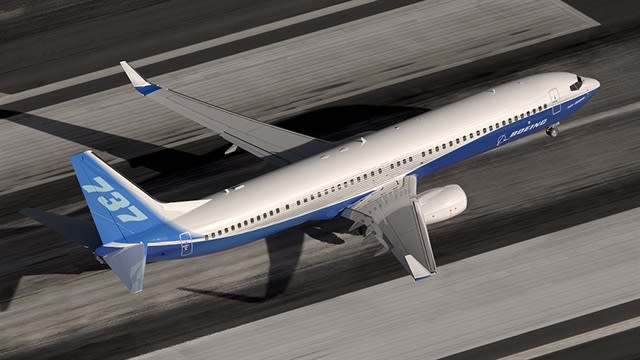Cevers1988
Aerospace
- Oct 25, 2012
- 11
It has been a while since my last post, so hello again!
Firstly, Is anyone aware of this empirical factor? Its purpose is augment the inplane stress due to axial loading on either a single or double shear configuration?
The parameters considered are:
- Ratio of male to female lug thickness, e/e'
- Ratio of fastener Stiffness to lug Stiffness, Ef/Ee’
- Ratio of 'studied lug' thickness to fastener diameter, e'/d.
Essentially the question relates to the scope of variables that impact on the two effects captured by this factor. And the most obvious to me is that there should, in my opinion, be an aspect of relative plate stiffness included, Ee/Ee’. Just like in a load transfer calculation, the relative plate stiffness dictates the level of bypass and bearing etc. Hence, the tilt or deformation of the fastener within the studied plate would be directly affected by the level of fixation the adjacent plate provides.
Let me set the scene with regards to the derivation of said factor and it may shed light on what limitations this factor may have due to the scenario in which the data was gathered.
+ All the calculations were created using DFEM results derived from models with congruent materials for male and female… Effectively eliminating this potential effect.
+ Transition fit
+ Loading direction deemed negligible on the effect
What I cannot do is confirm that; given the introduction of material differential the G factor will retain its behavior relative to those given ratios stated above. Without the use of a new DFEM study (which is not a possibility at this point in time).
Along with this caveat, given I am correct, what other conditions may influence this couple of bending and hole distortion?
Kind Regards,
Evo
Firstly, Is anyone aware of this empirical factor? Its purpose is augment the inplane stress due to axial loading on either a single or double shear configuration?
The parameters considered are:
- Ratio of male to female lug thickness, e/e'
- Ratio of fastener Stiffness to lug Stiffness, Ef/Ee’
- Ratio of 'studied lug' thickness to fastener diameter, e'/d.
Essentially the question relates to the scope of variables that impact on the two effects captured by this factor. And the most obvious to me is that there should, in my opinion, be an aspect of relative plate stiffness included, Ee/Ee’. Just like in a load transfer calculation, the relative plate stiffness dictates the level of bypass and bearing etc. Hence, the tilt or deformation of the fastener within the studied plate would be directly affected by the level of fixation the adjacent plate provides.
Let me set the scene with regards to the derivation of said factor and it may shed light on what limitations this factor may have due to the scenario in which the data was gathered.
+ All the calculations were created using DFEM results derived from models with congruent materials for male and female… Effectively eliminating this potential effect.
+ Transition fit
+ Loading direction deemed negligible on the effect
What I cannot do is confirm that; given the introduction of material differential the G factor will retain its behavior relative to those given ratios stated above. Without the use of a new DFEM study (which is not a possibility at this point in time).
Along with this caveat, given I am correct, what other conditions may influence this couple of bending and hole distortion?
Kind Regards,
Evo





![[pipe] [pipe] [pipe]](/data/assets/smilies/pipe.gif)